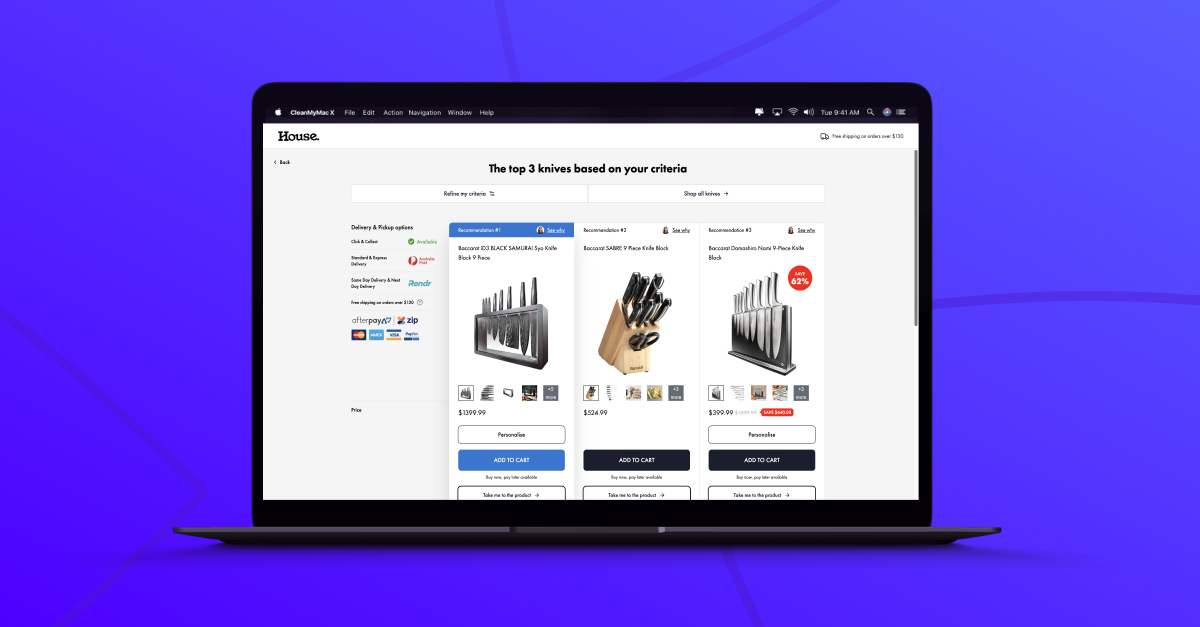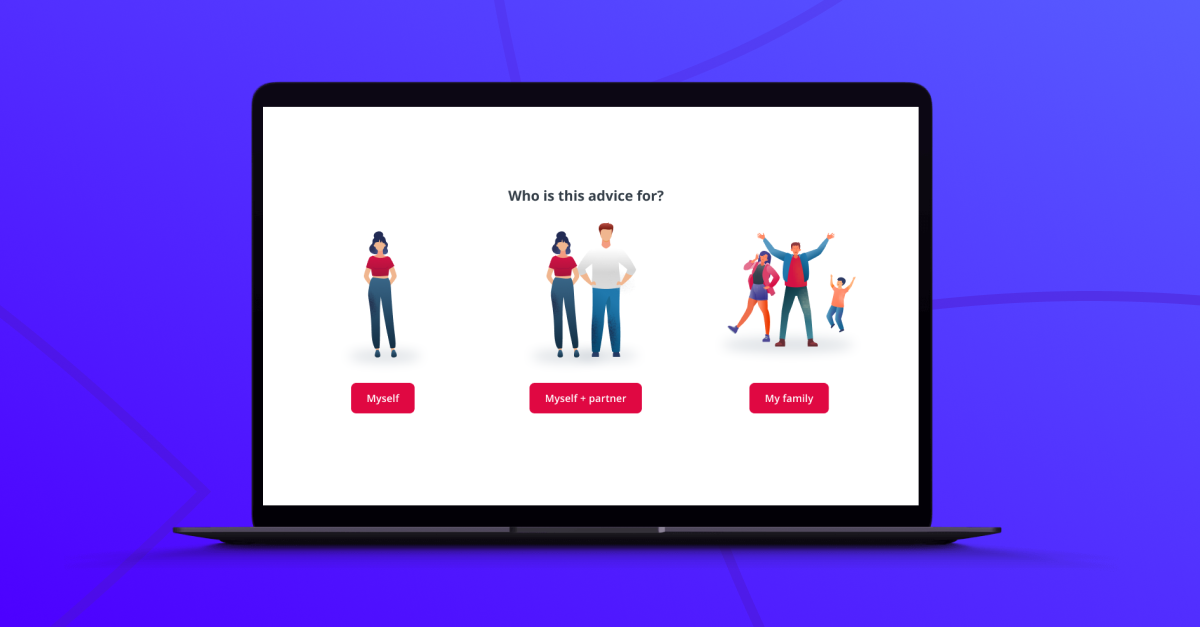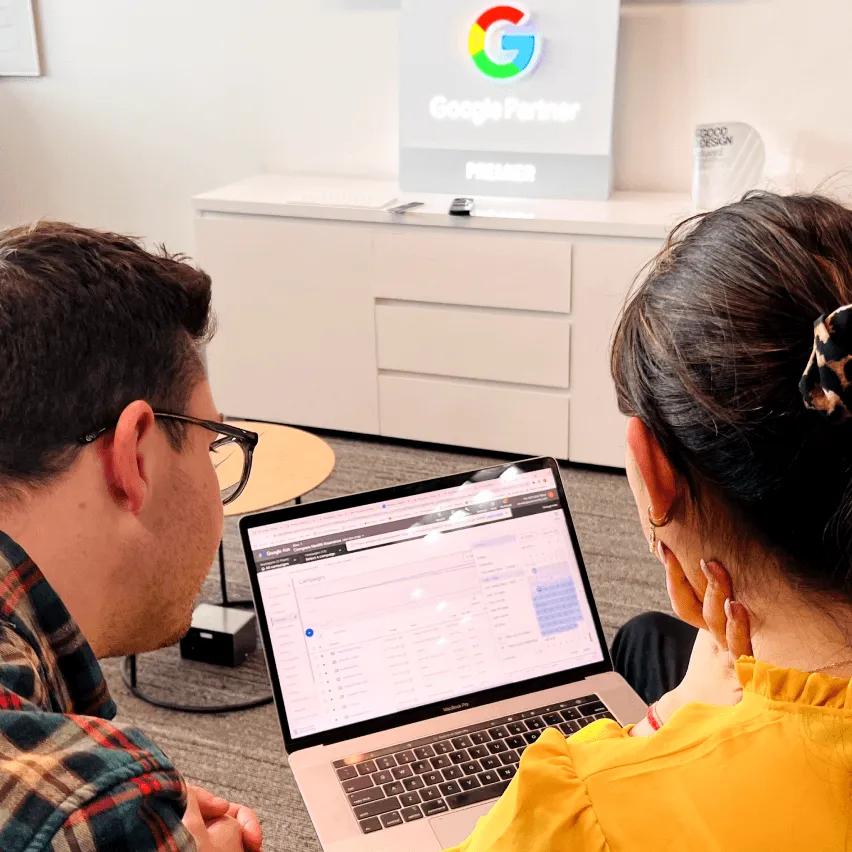Multivariate Testing
Multivariate Testing is an advanced form of A/B testing that allows you to test multiple variables simultaneously to determine the best combination for achieving your goals. It helps identify which elements and their variations have the most significant impact on user behavior and conversions.
How Multivariate Testing works:
Multivariate Testing involves creating multiple versions of a page or experience by changing several elements at once. For example, you might test different headlines, images, and call-to-action buttons in various combinations. The testing platform then shows these different versions to your audience and analyzes which combination performs best. It uses statistical analysis to determine not just which version won, but also which specific elements contributed most to the success.
Why you should use Multivariate Testing:
As a marketer or business owner, Multivariate Testing allows you to optimize your digital experiences more efficiently than traditional A/B testing. It helps you understand the complex interplay between different elements on your page and how they collectively impact user behavior. This can lead to more significant improvements in conversion rates and a deeper understanding of what resonates with your audience.
How to get started with Multivariate Testing:
To implement Multivariate Testing, start by identifying the key elements on your page that you believe impact conversions. Choose a testing platform that can handle complex multivariate tests and integrate with your website or app. Begin with a simple test involving just a few variations of 2-3 elements, and ensure you have enough traffic to achieve statistical significance. As you become more comfortable, you can expand to more complex tests.
How Multivariate Testing complements Convincely’s approach:
At Convincely, we see Multivariate Testing as a powerful tool, but we take it even further in our personalization approach. While traditional Multivariate Testing might test a handful of static combinations, our dynamic, full-page funnels allow for nearly infinite variations tailored to each user.
Our system doesn’t just test predefined combinations; it continuously learns and adapts based on user interactions. For instance, instead of testing three headlines with two images, we might dynamically generate headlines and select images based on the user’s responses to previous questions. This creates a more fluid, responsive experience that goes beyond what traditional Multivariate Testing can achieve.
Unlike standard Multivariate Tests that might run for weeks to determine a “winner,” our approach allows for real-time optimization. We’re not just looking for the best overall combination; we’re finding the best combination for each individual user. This means the insights we gain are immediately actionable, improving the experience for the very next user.
Moreover, our approach to testing isn’t limited to surface-level elements like headlines or buttons. We test and optimize the entire user journey, including the questions we ask, the order in which we present information, and even the logic behind our product recommendations. This allows us to not just improve individual elements, but to create more effective, personalized funnels overall.
You can find examples of how businesses are using advanced testing and personalization techniques in their funnels on our listings page. This resource showcases various approaches to optimizing user experiences, from subtle tweaks to comprehensive, adaptive journeys.
Remember, while Multivariate Testing is a powerful tool for optimization, it’s most effective when combined with a deep understanding of your users and a comprehensive personalization strategy. At Convincely, we don’t just test static combinations; we create dynamic, responsive experiences that adapt to each user’s needs and preferences in real-time. Our goal is to use testing not just to find the “best” version, but to continually improve and personalize the experience for every single user.




